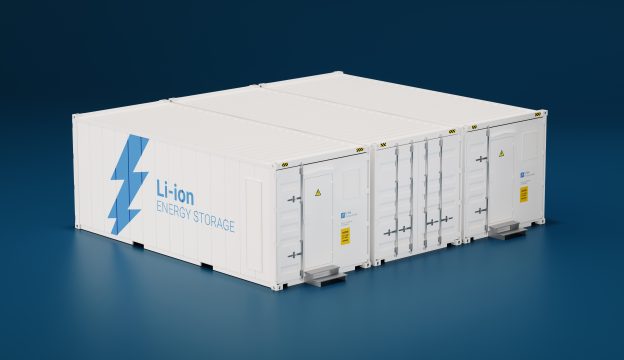 |
Scientists have discovered that application of nanowires can not only lower the flammability of lithium-ion batteries but also strengthen their performances, according to a paper published in "Nano Letter" journal of the U.S.
The discovery marks a breakthrough in the development of lithium-ion batteries, which has been overshadowed by security problem, in the wake of its emergence as a mainstream energy storage technology, boasting extensive applications, including mobile phones, 3C products, electric cars, and energy-storage devices at large-scale power plants.
In recent years, researchers have been endeavoring to develop solid electrolyte for lithium-ion batteries, in order to replace the existing fluid one, consisting mainly of salt and organic solvent, which is easy to vaporize and may cause fire.
A promising solid electrolyte is polymer electrolyte, which is stable, low-cost, and pliable, but its business potential is overshadowed by inadequate conductivity and mechanical property. Scientists have intended to solve the problems by increasing the alignment of compounds.
Tao Xinyong, materials scientist at China's Zhejiang University of Technology, and his team has produced Mg2B2O5 nanowires, which, besides good mechanical property and conductivity, is a low-polluting and -toxic fire retardant, capable of enhancing the stability of anti-fire carburized layer. Then, the team added the material to solid polymer electrolyte.
The team mixed polymer electrolyte with Mg2B2O5 nanowires, weighing 5%, 10%, 15%, and 20% of the former, respectively, resulting in not only higher conductivity but also higher endurance for stress, further stabilizing the surface of electrodes.
The team pointed out that accelerated flow of ions increases the conductivity of batteries, adding that the solid electrolyte is not flammable. After combining with LiFePO4 cathode and lithium anode, the new-type nanowires electrolyte boasts higher rate performance and circulation volume, compared with original electrolyte, with the circulation volume reaching 150, 106, and 50 mAh g-1, under temperatures of 50°C, 40°C, and 30°C, respectively, and 0.2C electrical discharging rate.
Researchers noted, though, commercialization of nanowires electrolyte is still distant, due to its inability to maintain stable operation under room temperature.
(Written by Daisy Chuang; First photo courtesy of Pixabay)







